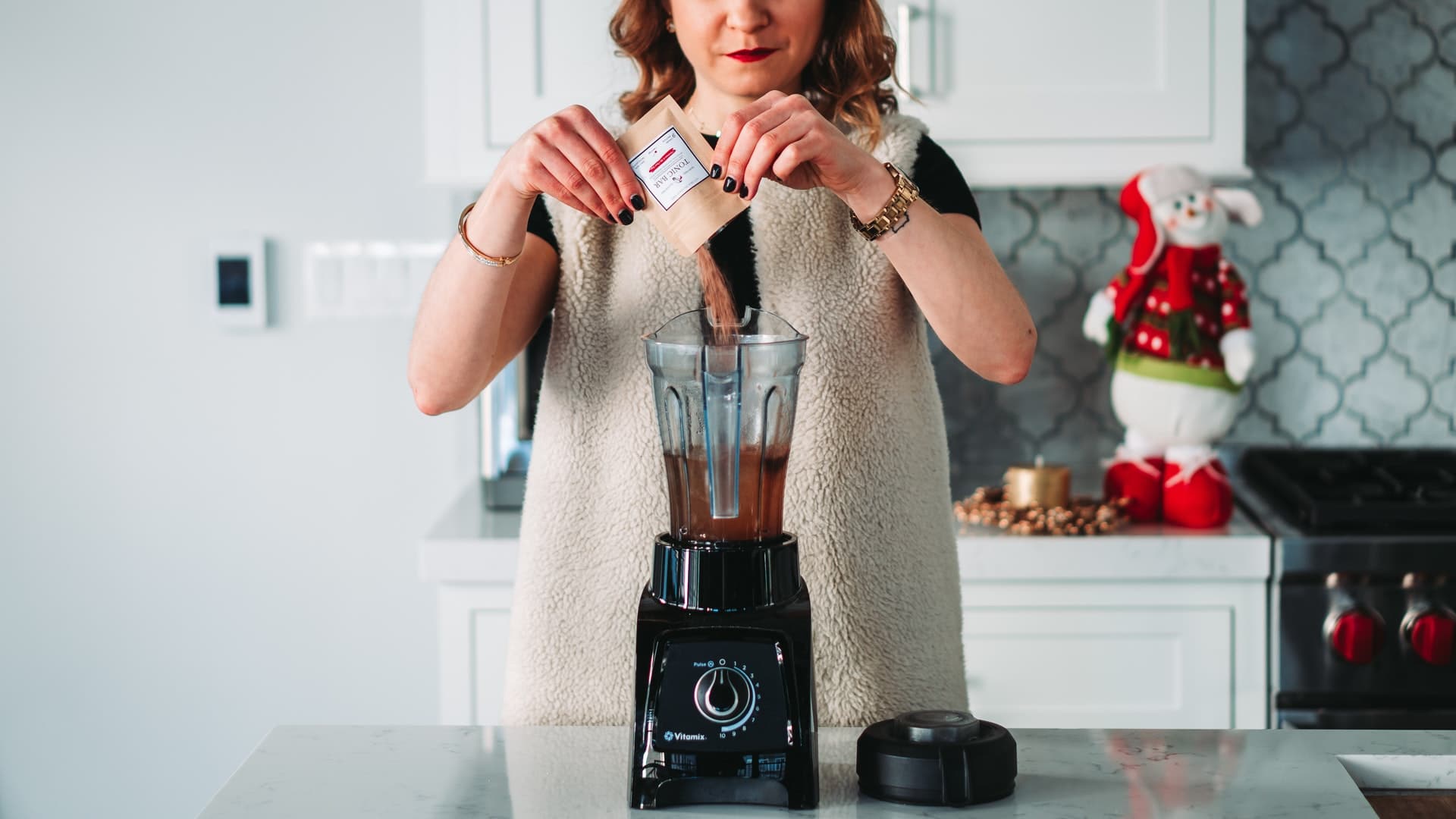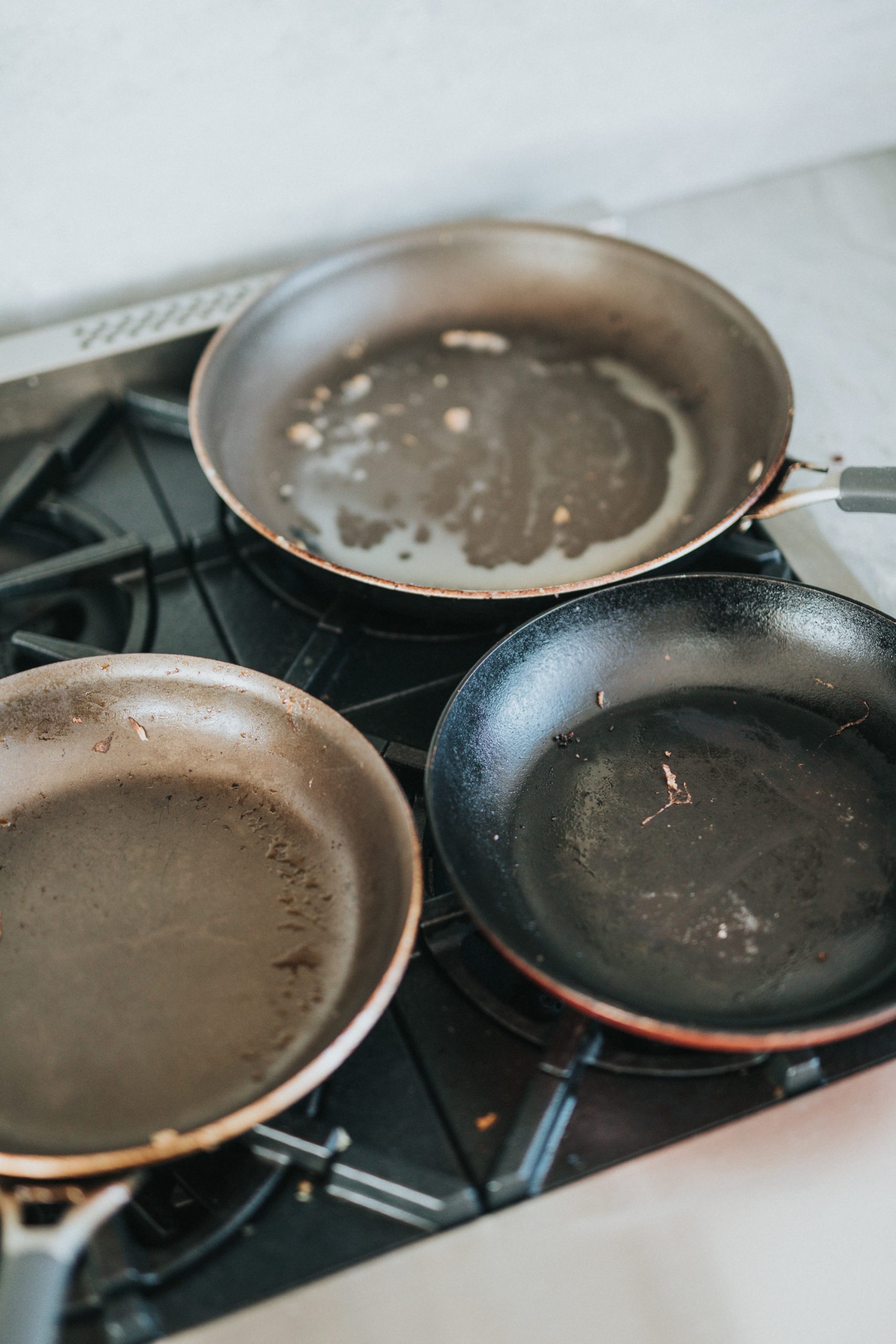
Dysphagia Diet: Tips and Recipes
This article has been medically reviewed by Dr. Martin Duggan in 2021
This content is not intended to be a substitute for professional medical advice, diagnosis, or treatment. Always seek the advice of your physician or another qualified health provider with any questions you may have regarding a medical condition.
Often, seniors who have difficulty swallowing require modifications to their food so that they may swallow safely; this is called a dysphagia diet.
Dysphagia is the medical term used to describe problems with swallowing. Adopting a dysphagia diet may be necessary to avoid something called aspiration. Aspiration is the inhalation of foreign material – usually food particles. When swallowing doesn’t work right, aspiration can lead to pneumonia or death.
Adopting a dysphagia diet can be quite an adjustment in terms of preparing meals for our loved ones with trouble swallowing. This is made especially difficult when the meals must include essential nutrients and be tasty too. Experts in senior care have encouraged a “food first” mindset, which means it’s best to get nutrients from real foods instead of going heavy on supplements.
With this in mind, let’s get you started on planning a dysphagia diet for your loved one. Since it can be tough for dysphagia patients to get enough nutrients and calories, we’ll focus on foods that have vital values for your senior to stay healthy.
Below we’ll go over tips for a dysphagia diet – including preparation, meal planning, recipe ideas, and shopping lists – so that you have all the information you need to cook tasty and safe meals for your loved one.
Note: A senior’s dietary needs will depend on their ability to swallow and their other medical conditions. A physician MUST be consulted before any changes to a diet are made for someone with trouble swallowing.
About the 4 dysphagia diet levels
Not all dysphagia diets are the same. In fact, there are 4 dysphagia diet levels for seniors. Each level has different restrictions depending on the medical recommendations.
Level 1: Pureed

Level 1 is the most restrictive of the dysphagia diet. Here, all foods should be pureed to avoid the dangers of choking. It’s best for the texture of foods to be well-pureed without becoming too liquidy. Some examples of pureed foods include:
- Pudding
- Hummus
- Pureed fruits and vegetables (i.e. smoothie)
- Pureed soups and broths (no chunks)
- Pureed meats and casseroles
- Pureed soft cereals and oatmeal
Level 2: Mechanical soft
Next up is the mechanical soft diet. There is more leeway at this level. For example, not all foods have to be pureed, though it’s safest when foods are soft, well-cooked, or mashed. Here are some common foods for a mechanical soft diet:
- Scrambled eggs or omelet
- Meatloaf or casserole (no chunks)
- Tuna or pate
- Soft buns or pancakes
- Mashed potatoes or squash
- Well-cooked vegetables
- Canned or boiled fruits
Level 3: Advanced
At the advanced level, foods can be solid, but shouldn’t be tough or hard. A good rule of thumb for this level is that the patient shouldn’t require a knife to eat. Soft foods that are easy to swallow without elaborate preparation include:
- Breads in small slices or portions, including rolls or muffins
- Cereal, oatmeal or grits moistened with milk or yogurt
- Well-cooked pasta and casseroles
- Baked potatoes and vegetables (until soft)
- Ripe fruit cut into pieces
- Tuna and other boneless fish
- Boneless meat and chicken cut into pieces
Level 4: Regular
Finally, level 4 describes a regular diet without limitations. This would be a typical diet of somebody who doesn’t have trouble swallowing or getting enough nutritious food. At this level, a patient can be reintroduced to tough or crunchy foods.
How to prepare dysphagia diet food
Seniors with dysphagia need liquid food that’s thick and smooth enough to be swallowed well. When it comes to preparing liquid food, it’s essential that you chop, mash, or blend any foods that could cause choking. Specifically, some pointers include:
- Don’t purchase any food with nuts, seeds, raisins, olives or other pieces.
- Don’t purchase or prepare food with flaky, crusty or crunchy textures.
- Cook vegetables thoroughly and moisten with sauces.
- Cook fruit thoroughly and remove any skins.
- Finely chop all cooked meats, remove any skins and moisten with sauces.
- Chop all foods as finely as possible.
- Mash or blend when in doubt – even full stews and casseroles.
Everything you prepare should be smooth or soft. If you’re not sure whether it’s soft enough, you can always blend it just in case.
How to meal plan for a dysphagia diet
Meal planning for a senior with dysphagia requires some forethought. As you plan meals, it’s important to remember some of the key formats for dysphagia-friendly meals. You might want to try making dishes such as:
- Purees and milkshakes
- Soups
- Soft casserole dishes
- Soft meats with pureed vegetable sides
- Puddings
You can also prepare many of these items ahead of time and freeze them in containers. This can help you save on meal-prep time during the week.
Best dysphagia diet recipe ideas

Dysphagia recipes are quite easy to prepare. That’s because they typically involve blending ingredients or cooking vegetables or meats. In fact, some great dysphagia recipes can be made with just a handful of ingredients. Some top dysphagia recipe ideas include:
Breakfast
- Crepes with strawberry yogurt: Cook soft, thin pancakes and roll them up with the yogurt of your choice.
- Scrambled eggs with avocado: You can make scrambled eggs more filling and tasty by adding avocado.
Lunch
- Tomato basil soup: Roast plum tomatoes, then reduce in a pot with canned tomatoes, chicken broth, onion, garlic and basil.
- Chicken Caesar salad: Salads can be made quickly. Simply blend the lettuce and then separately blend the chicken with sauces and spices. Add the pureed chicken on top of the pureed lettuce.
- Lasagna: Use your favorite lasagna recipe and then puree a portion for your loved one.
Snack
- Peanut butter banana milkshake: Add peanut butter, banana, cocoa powder and vanilla ice cream together and blend finely.
- Rice pudding: Rice pudding is a safe, tasty snack. Cook rice, milk, sugar, and eggs in a pot. At the end, add in flavors such as cinnamon or jams.
Dinner
- Burrito bowl: Bowls like this are a quick and yummy dinner idea. Decide on your burrito bowl ingredients and blend each separately. You can have rice, black bean, lettuce, corn, tomato, avocado and sour cream. Just make sure each is pureed before adding them to the bowl.
- Sweet potato shepherd’s pie: You can get shepherd’s pie with a nutritious twist. Adapt your favorite shepherd’s pie recipe with sweet potato. Be sure each layer is pureed well, including the meat and sweet potatoes.
- Cheesecake: Cheesecake doesn’t have to be altered to be dysphagia-friendly. Just make sure any toppings are soft.
An excellent resource for dysphagia recipes can be found in Griffith University’s “Beyond the Blender” ebook. You can also get creative and make your own dysphagia diet recipes!
Example dysphagia diet shopping list

These are just some ideas for weekly shopping for a senior with dysphagia. The idea is to get a variety of nutrient-rich foods that can be easily transformed into purees, milkshakes or soups. As mentioned above, you can also cook soft dishes like casseroles, meatloaves or quiches. If you want something simple, soft meats with pureed vegetable sides are a great choice. The possibilities are endless!
Juices, broths and other liquid bases
- Broths
- Turkey gravy
- Cranberry juice
- Coconut milk
- V8 Splash
- Gatorade
- Soy milk
- Eggnog
- Ensure
Flavorful butters, creams and salsas
- Peanut butter
- Barbeque sauce
- Hummus
- Cheese spread
- Sour cream
- Mayonnaise
- Honey
- Cocoa powder
- Lemon or lime juice
- Ice cream (for smoothies only)
Nutrient-packed fruits and vegetables
- Banana
- Avocado
- Squash
- Sweet potato
- Broccoli
- Kale
- Blueberries
- Beets
- Carrots
- Green peas
- Mango
- Peach
- Pear
- Apricot
- Any canned fruits
Breakfast foods
- Greek yogurt
- Eggs
- Applesauce
- Instant-cereal or oats
- Soft pancakes
Lunch/dinner foods
- Boneless meat, chicken, fish
- Tofu
- Tuna
- Beans
- Lentils
- Ready-made soups (no chunks)
- Pastas
- Soft butter rolls or toast
- Croquettes
Desserts
- Puddings
- Popsicles
- Mousse
With this shopping list, you’ve got lots of great ingredients to start cooking up a nutrient-rich liquid diet!
Conclusion
It takes some time to get the hang of it, but preparing meals for a senior with dysphagia doesn’t have to be hard. With these tips for preparation, meal planning, recipe ideas, and shopping lists, you’ll be well on your way to being a master chef for your loved one with dysphagia.
If you’d like more resources on senior health, don’t forget to check out our blog posts on My Caring Plan. You’ll get expert tips on senior diets, caregiving, and more.
Sources:
- Dysphagia Diet Levels, Research Gate, www.researchgate.net
- Pureed and Mechanical Soft Diets, Memorial Sloan Kettering Cancer Center, www.mskcc.org
- Beyond the Blender, Griffith University, www.griffith.edu.au
Related Articles

When Is It Time for Assisted Living?
Wondering if it is time for assisted living for your loved one is a common question for caregivers. As a caregiver, you might have been considering the question for months or possibly even years. Your loved one might have declined to continue the discussion as the thought of moving out of their family home and […]

All About Adult Day Care: Community and Costs
Adult day care is a fairly new concept for caregivers. The basic idea is to provide a secure place where seniors can enjoy social activities during the day and be provided nursing care as needed. It’s a hybrid model of eldercare that prioritizes community. At the same time, seniors get help with common custodial tasks […]

An Overview of Senior Rehabilitation Centers
Recovering from injury or illness in your golden years may take time and support. That’s where senior rehabilitation centers become essential. If you need a temporary stay to recover from injury or illness, senior rehabilitation centers can be the solution to get expert care and daily support. In this article, we’ll give you an overview […]

A Caregiver’s Guide to ADLs and IADLs
This article has been medically reviewed by Dr. Martin Duggan in 2021. This content is not intended to be a substitute for professional medical advice, diagnosis, or treatment. Always seek the advice of your physician or another qualified health provider with any questions you may have regarding a medical condition. As a family caregiver, your […]

What is a Mechanical Soft Diet? Explanation, Preparation, and Meal Ideas
This article has been medically reviewed by Dr. Martin Duggan in 2021. This content is not intended to be a substitute for professional medical advice, diagnosis, or treatment. Always seek the advice of your physician or another qualified health provider with any questions you may have regarding a medical condition. As a caregiver, you may […]

Benefits for Seniors with Disabilities
Oftentimes, seniors with disabilities qualify for health and financial assistance programs. However, they may be unaware of them or are confused about the eligibility requirements and enrollment process. Let’s go over the key programs for seniors with disabilities so that you have the information you need to get the benefits you deserve. Note on the 3 […]